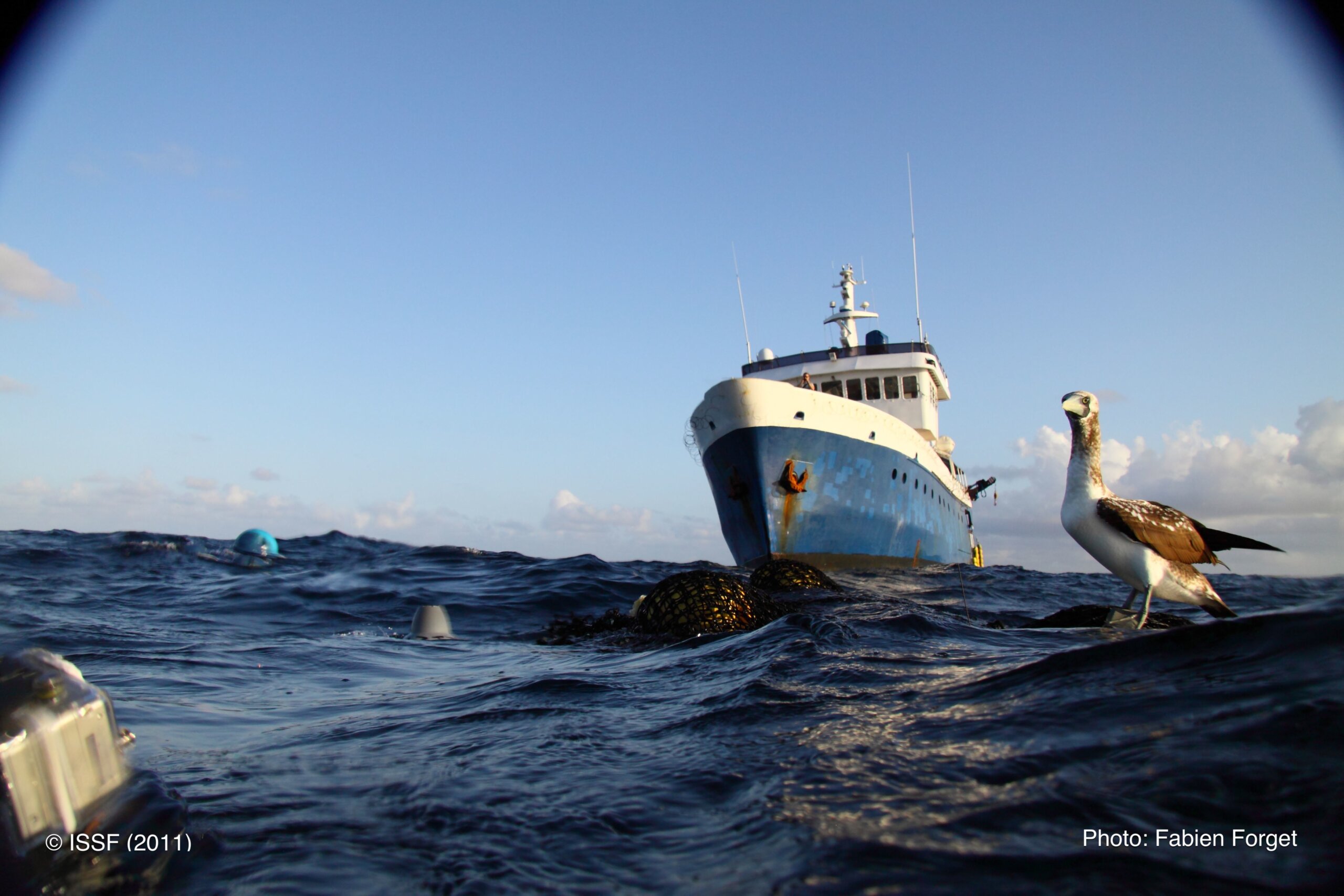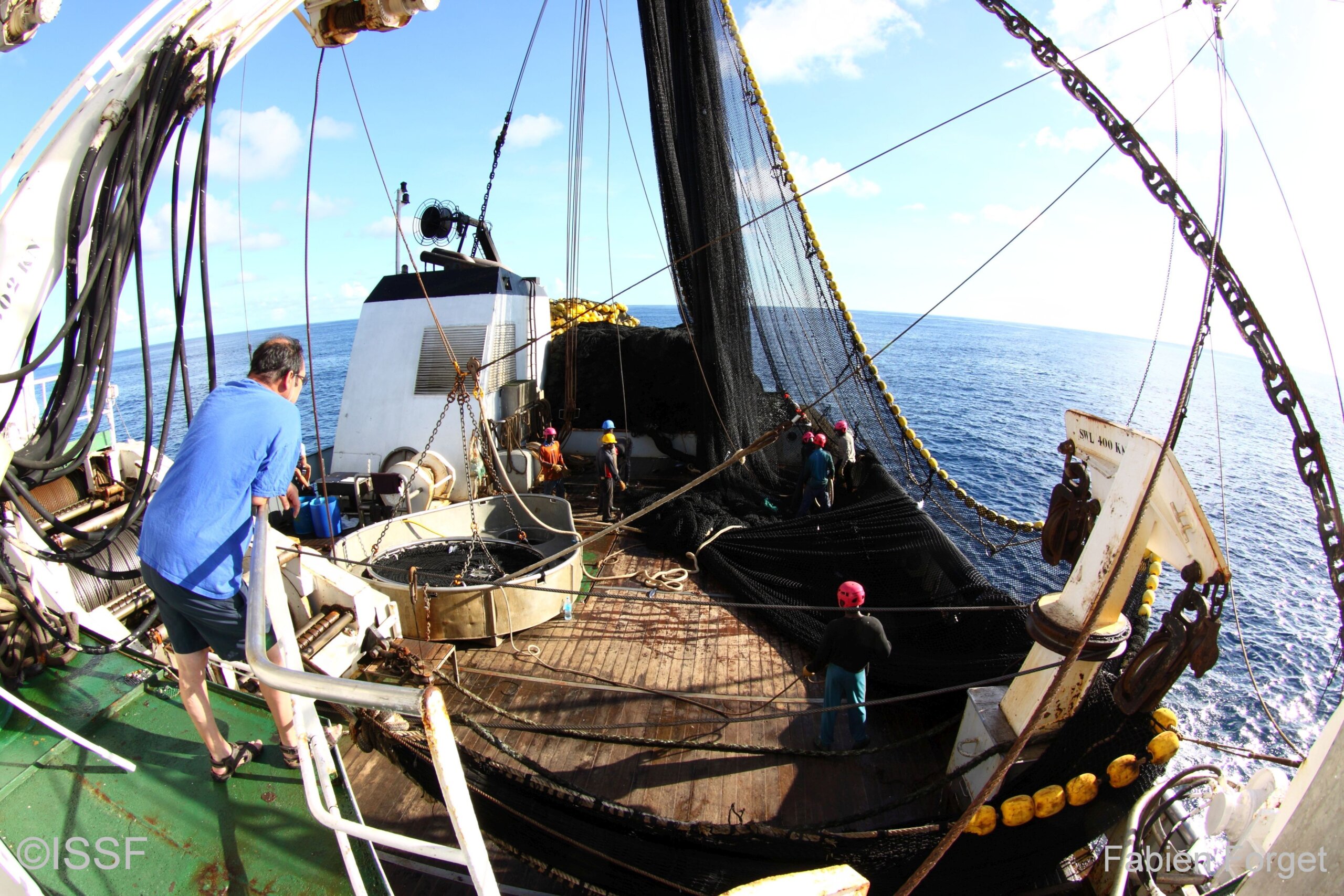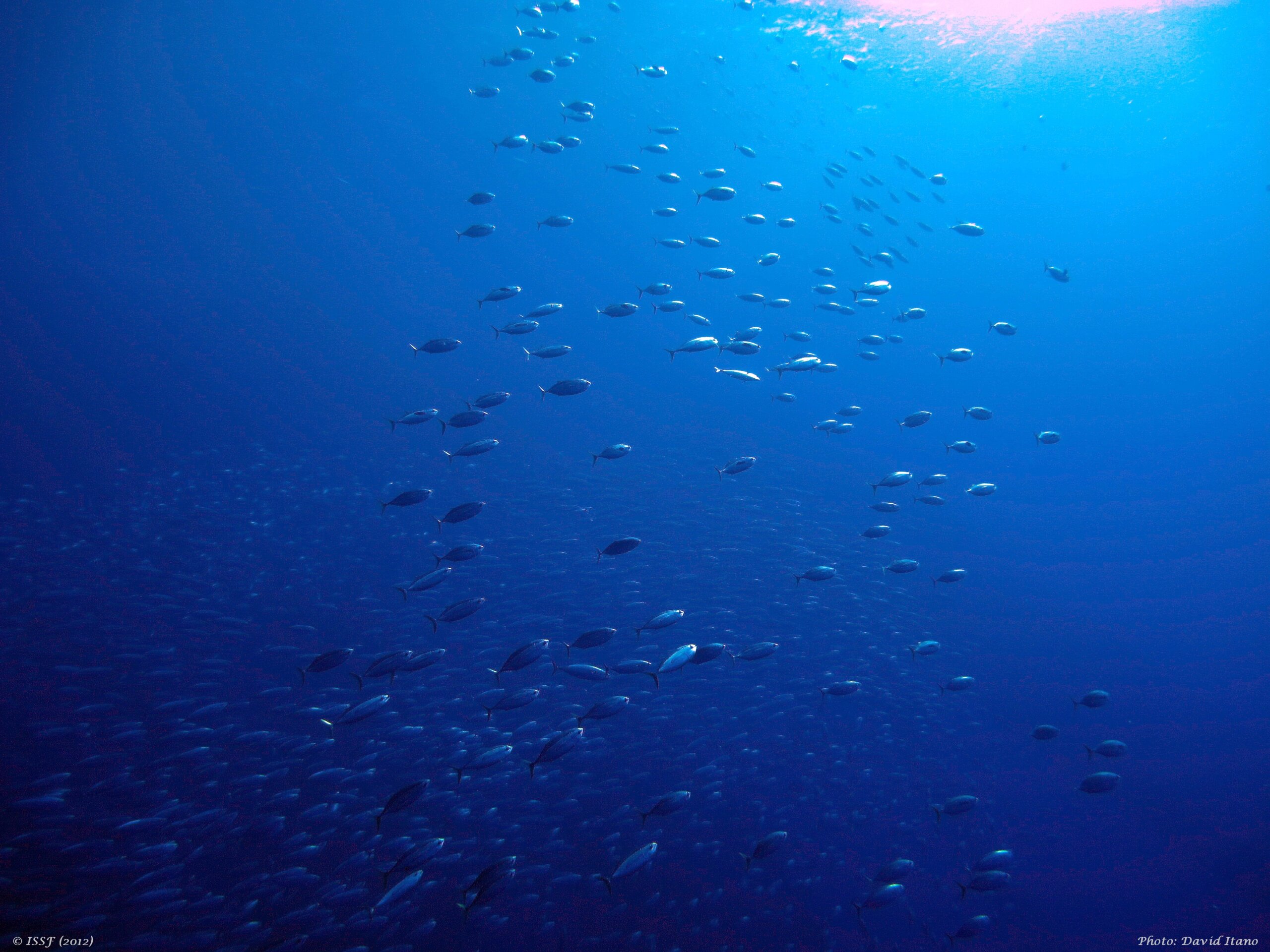Understanding the IUCN Redlist
Thursday, 7 July 2011
On July 7, 2011, a group of scientists published an article in Science magazine, reflecting the status of various tuna and billfish populations according to the criteria used by the International Union for Conservation of Nature (IUCN). The so-called “Red List” can be used to identify populations of that face long-term sustainability issues according to IUCN. The Red List puts populations in six different categories: Critically Endangered, Endangered, Vulnerable, Near Threatened, Least Concern, and Data Deficient; the first three are known as the “Threatened” categories in the Red List. Evaluations are based on a standard IUCN formula that classifies populations according to several considerations, such as changes in population size.
The two of us were participating members of the IUCN review team, which – for the first time ever – used information on the global distribution, ecology, population trends, and impact of major threats for all known species of tunas, bonitos, Spanish mackerels, and mackerels and billfishes in order to evaluate their status relative to IUCN categories. The IUCN evaluations rank three of the most highly valued tuna species – southern bluefin, Atlantic bluefin, and bigeye – in the Threatened categories.
However, it is important to note that the formula IUCN uses in its classifications is also applied to a broad range of terrestrial and aquatic species. In other words, it’s a “one-size-fits-all” method; it’s not tailored for assessing specific species.
The main indicator used with the IUCN method to classify fish species is the so-called “rate of decline criterion”. It looks at how much the abundance of mature individuals has declined over a period of time that is related to the age when maturity is reached. If during this period of time (between five and twenty years for tunas) the mature population has declined by at least 50%, it is classified as Vulnerable; if the decline is of 70%-89%, it is classified as Endangered; and, if the decline is 90% or more, it is classified as Critically Endangered.
While there are positive aspects to using a consistent formula, when IUCN lists a fish as “Threatened,” it does not necessarily mean that the species is in real and immediate danger of extinction or collapse. It just means that there has been a drop in the population size that meets the formula used in IUCN classifications. Very often, these IUCN classifications are at odds with what is considered to be successful fisheries management to ensure sustainable seafood production. For example, in a study of 89 fish populations conducted by Rice and Legace[1], use of the IUCN formula suggested that 87% of them were Threatened when, in reality, most of the stocks were not depleted from a fisheries management perspective.
Consider this: Tuna species are actually most productive when they are at 40% to 50% of their maximum population size – this is the population abundance that supports Maximum Sustainable Yield, the management objective of all tuna Regional Fishery Management Organizations (RFMOs). Therefore, a 50% drop in population size from the maximum can be reasonable from a fisheries management viewpoint, but still result in a Threatened classification by IUCN.
And now consider another, opposite, possibility: The case where a fish population has been heavily overfished and has remained severely depleted – but stable – for decades. In this case, the IUCN “rate of decline” criterion would not detect a major drop in abundance and would result in a classification of “Least Concern” (not Threatened). This IUCN classification would be at odds with what fisheries management would consider to be a failure to ensure the sustainability of this stock.
These considerations were actually addressed by a group of scientists who participated in the IUCN assessment process for tunas and billfishes in Brazil last year, who called on IUCN to address these differences (click here to view the statement made by that group).
Still, the IUCN approach can be an important tool for setting conservation priorities, particularly at a global level. In the case of tunas, the conclusions of the IUCN review team were consistent with what the majority of fisheries scientists believe to be true: that the longer-lived bluefin tuna stocks are more vulnerable to overfishing, followed by bigeye, and then by albacore, yellowfin and, finally, the shorter-lived skipjack. The publication in Science magazine calls on RFMOs and fishing nations to properly manage species of concern, a call that we wholeheartedly support.
[1] Rice, J.C. and E. Legace. (2007) When control rules collide: a comparison of fisheries management reference points and IUCN criteria for assessing risk of extinction. ICES Journal of Marine Science, 64: 718–722.


